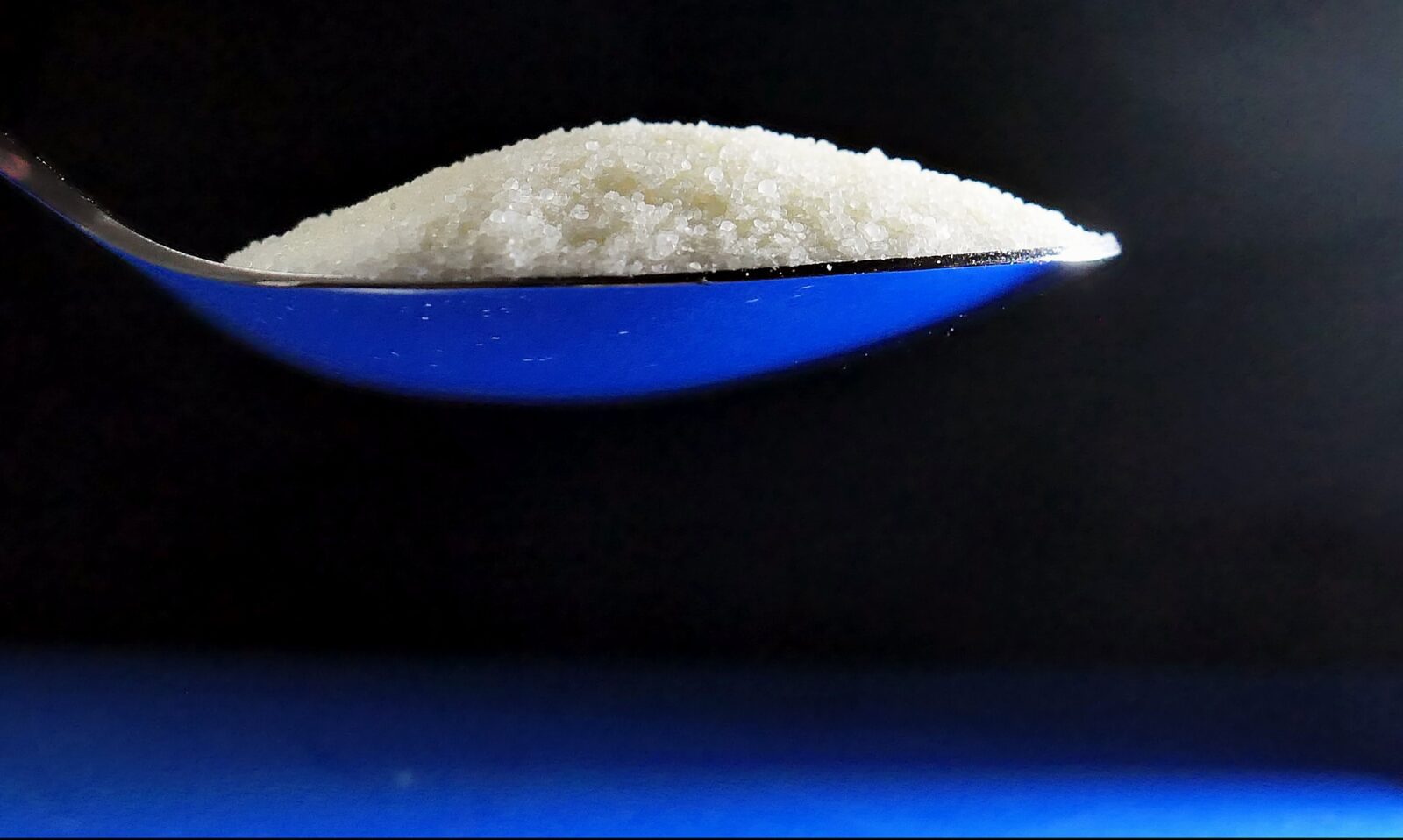Salt is one of the most commonly found ingredients in all kitchens across the globe.
Adding just a bit of it can significantly improve the flavor of nearly all food.
However, there is a considerable downside to consuming salt.
To simplify the problem and say it simply, consuming salt in large amounts is bad for your health.
The reason for that is salt’s chemical composition – Sodium Chloride, mainly the Sodium part, which is bad for your organism in large amounts.
Some studies looked into the links between high sodium intake and health problems like the risk of cardiovascular disease.
So what is the solution then? Well, as it often tends to happen, an alternative was developed – salt substitutes, which taste just like salt but don’t come with the associated risks, with the benefits of extra potassium, which is particularly helpful in a healthy diet.
In spite of the convenience associated with salt substitutes, a lack of clinical trials at a large scale to analyze their impacts on stroke, heart disease, and death left them shrouded in a cloud of questions regarding how efficient they truly are.
That is about to change as a giant study was just performed in China to check out the effects of salt substitutes compared to regular table salt.
Bruce Neal, a clinical epidemiologist from the George Institute for Global Health in Australia said:
“Almost everyone in the world eats more salt than they should. If salt was switched for salt substitute worldwide, there would be several million premature deaths prevented every year.”
In the study, Neal and his fellow colleagues analyzed more than 20,000 villagers from rural regions of China, all of whom having a history of stroke episodes or poor blood pressure. The people were scattered across a total of 700 villages, and the average age was approximately 65.
In the experiment, 50% of the participants received a free supply of salt substitutes.
The study was initially meant to occur over a period of five years, but that was decreased due to the ongoing pandemic.
The substitutes they received consisted of less sodium and extra potassium, and they were urged to use it less frequently than they would use table salt, to minimize the overall sodium intake.
In the meantime, the other half of the villagers were used as a control group and kept using salt as they did before.
Nearly five years after the experiment began, over 4,000 of the participants died, with over 3,000 experiencing a stroke and more than 5,000 experiencing a significant cardiovascular problem, but expectable for their age and health conditions.
Interestingly, the results showed that the salt substitute group was considerably less likely to experience strokes compared to regular salt users.
The salt group experienced 33.65 events per 1,000 person-years, while the substitute group registered only 29.14, plus a decreased risk of cardiovascular events (49.09 events vs. 56.29 events) and death (39.28 events vs. 44.61 events).












Leave a Reply